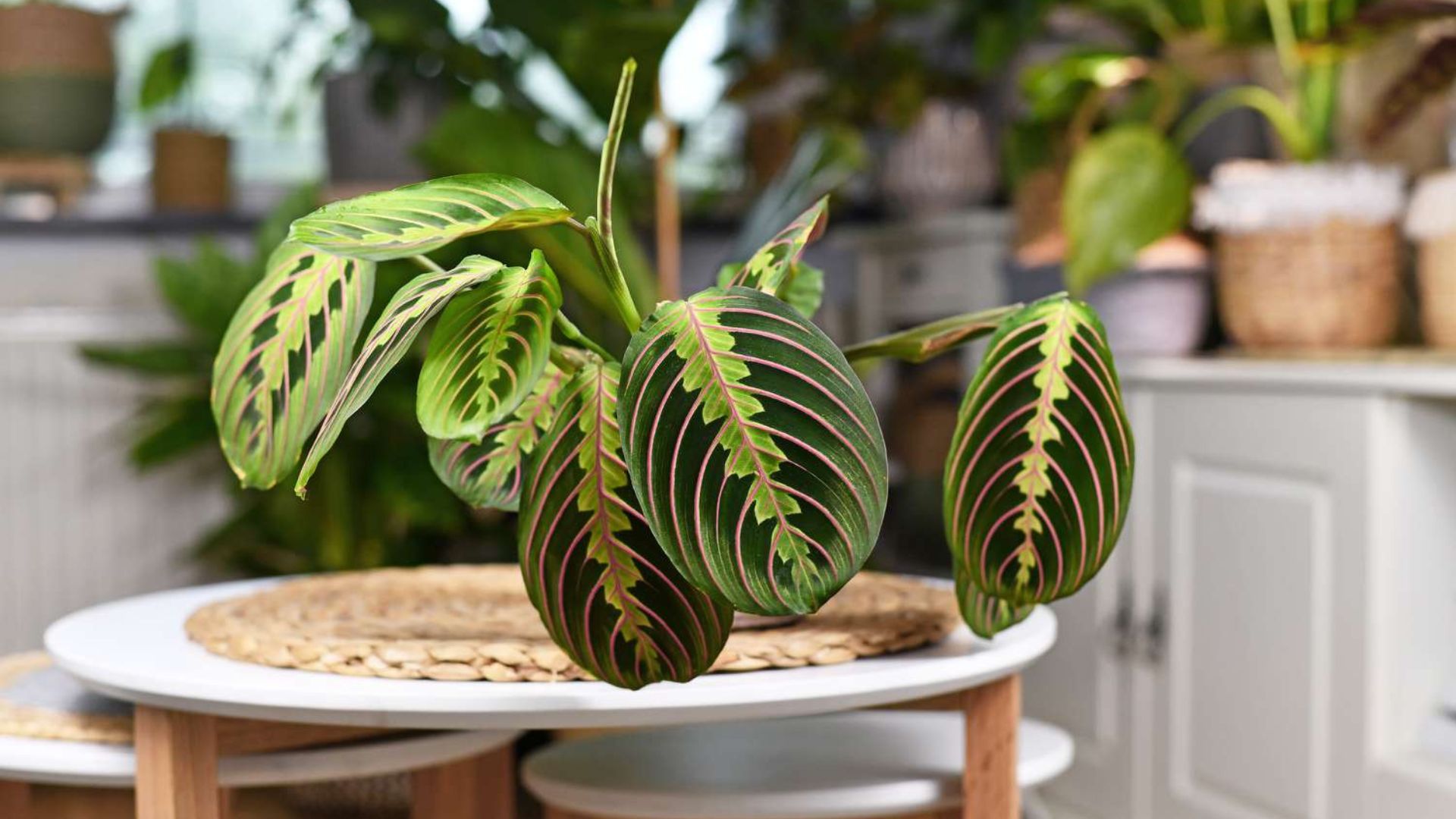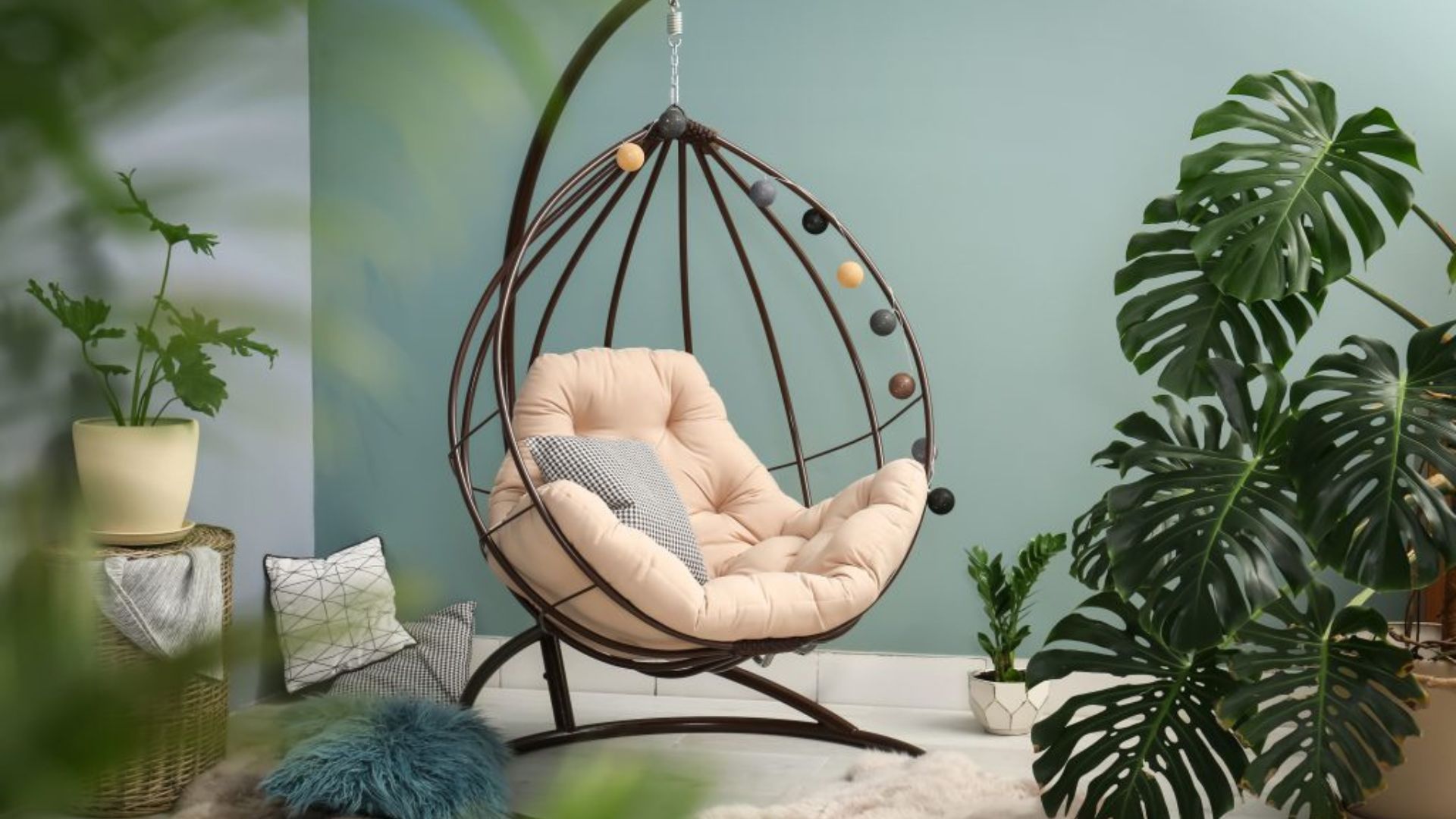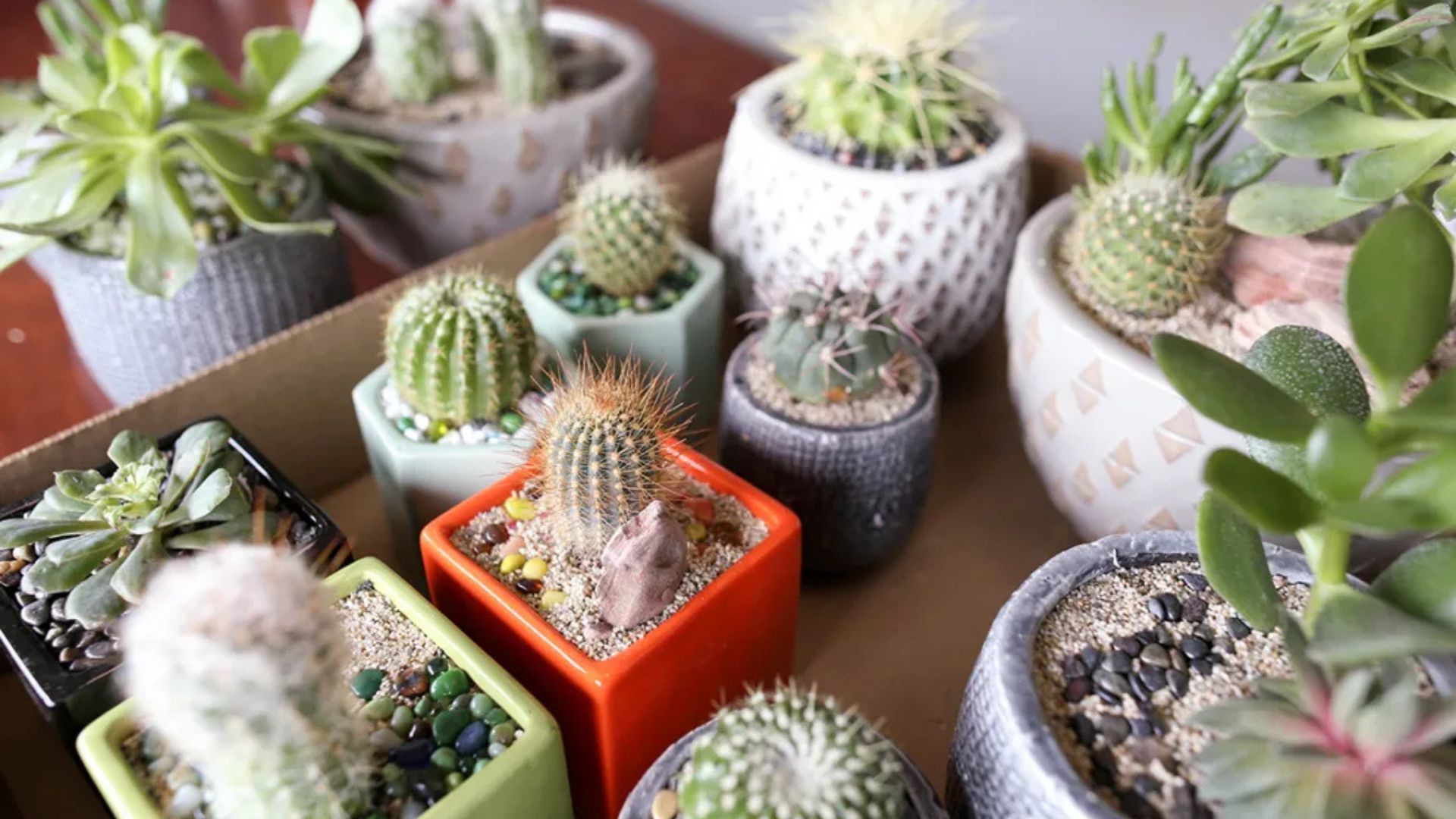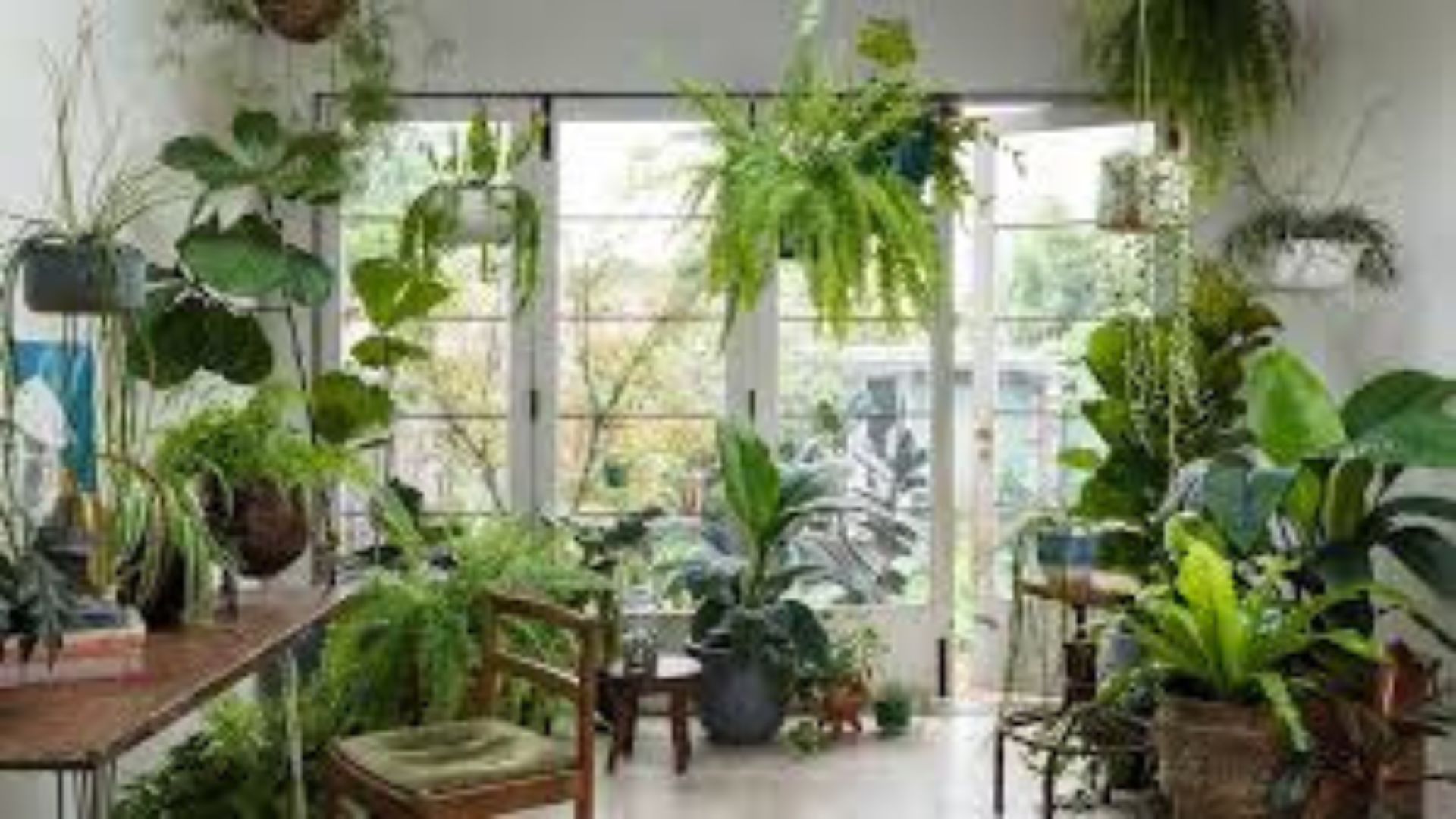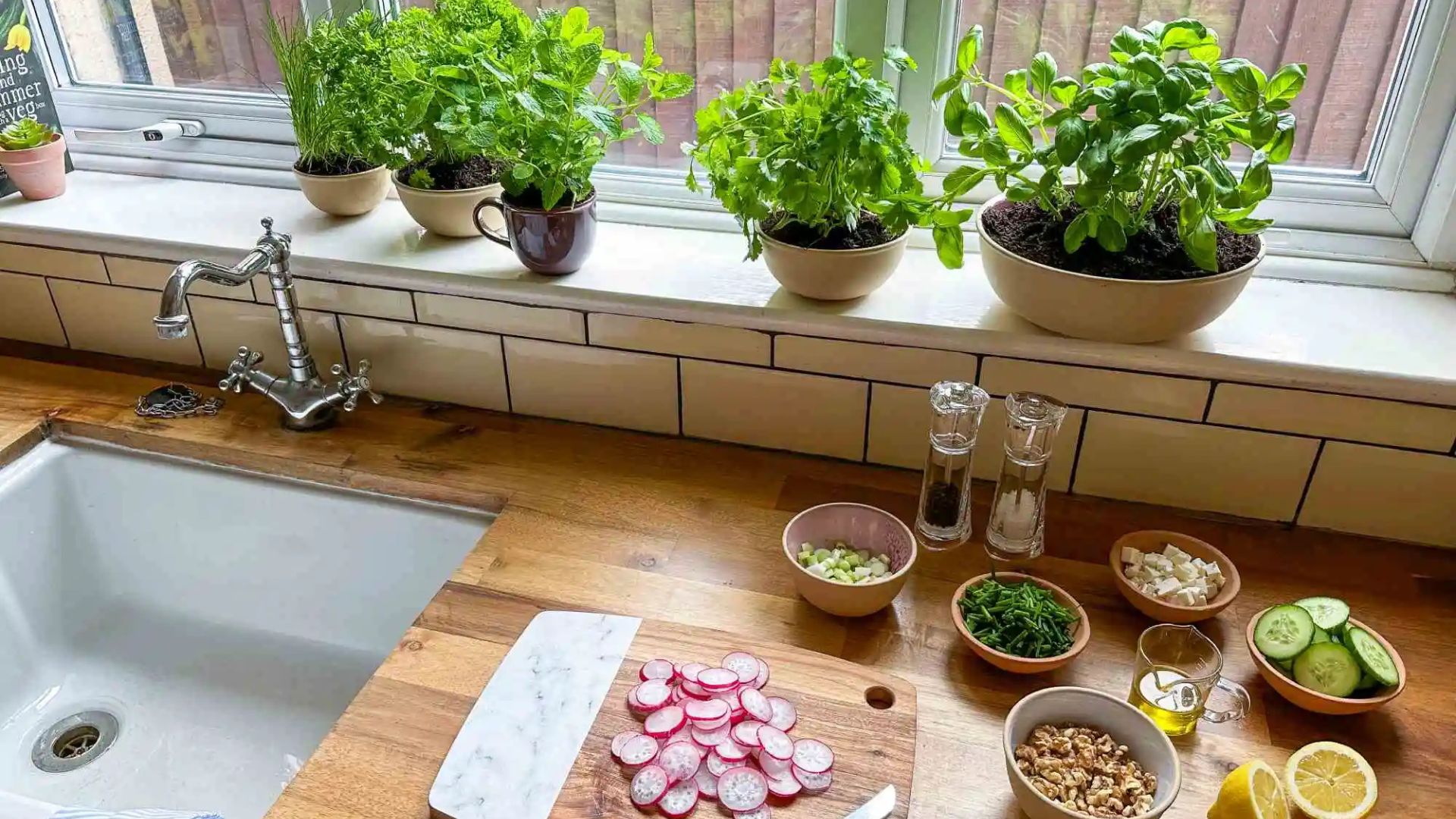Not every home is flooded with natural sunlight. Many apartments and houses have rooms with limited light, especially in urban settings or during winter months. Fortunately, this doesn’t mean you can’t enjoy the beauty and benefits of indoor plants. With the right care and a few smart choices, you can successfully grow and maintain plants in even the shadiest corners of your home.
In this guide, you’ll learn how to care for indoor plants in low light environments, including plant selection, watering habits, and placement strategies to help your greenery thrive.
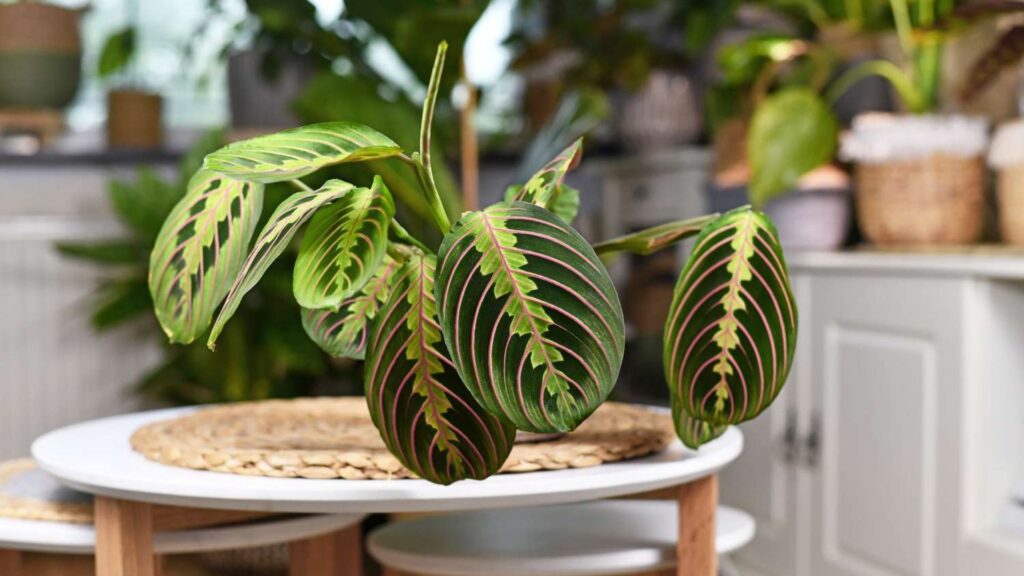
Understanding Low Light Conditions
Before diving into care tips, it’s helpful to understand what “low light” actually means. In indoor gardening:
-
Low light refers to areas 3–6 feet from a window, or rooms with no direct sunlight.
-
Think: north-facing rooms, dim hallways, bathrooms, or spaces with shaded windows.
Even though it’s called “low light”, it doesn’t mean no light at all—plants still need some natural or artificial light to survive.
Choose Plants That Thrive in Low Light
The first step to success is picking plants naturally suited for shade. These plants typically come from forest floors and shady environments, so they’re well adapted to low light.
Top low-light indoor plants include:
-
Snake Plant – Tough, stylish, and tolerates dark corners
-
ZZ Plant – Glossy leaves, low maintenance
-
Pothos – Fast-growing vine; adapts well
-
Peace Lily – Beautiful blooms even in dim spaces
-
Cast Iron Plant – Almost indestructible
-
Chinese Evergreen – Decorative leaves and great air purifier
-
Dracaena – Tall and slender, with minimal light needs
-
Philodendron – Lush, heart-shaped leaves
These varieties need less light and less frequent watering, making them ideal for low-light homes.
Master Low Light Watering Techniques
In low-light environments, plants grow more slowly and use less water. Overwatering is one of the biggest risks.
Tips for proper watering:
-
Always check the soil with your finger. Only water when the top 1–2 inches feel dry.
-
Use pots with good drainage holes to prevent root rot.
-
Water less often than you would in brighter rooms—typically every 10–14 days, depending on the plant and humidity.
-
Avoid letting pots sit in standing water.
Maximize Light in Dim Rooms
While your plants may survive in low light, you can optimize available light with a few easy adjustments:
-
Place plants near the brightest window available, even if it’s indirect.
-
Use mirrors to reflect light deeper into the room.
-
Keep windows clean to let in as much light as possible.
-
Rotate your plants weekly so all sides receive equal light exposure.
If natural light is very limited, consider using LED grow lights to supplement your plant’s needs.
Keep Leaves Clean and Healthy
Dust can build up on leaves and block what little light is available, reducing the plant’s ability to photosynthesize.
Here’s what to do:
-
Wipe leaves gently with a damp cloth every 2–4 weeks.
-
Trim yellow or dead leaves regularly to encourage new growth.
-
Inspect for pests (like spider mites or gnats), especially in humid corners.
Clean plants = happy plants, especially in low-light environments.
Maintain Proper Humidity and Airflow
Some low-light plants—like peace lilies and ferns—love high humidity. Dry indoor air, especially in winter, can cause browning leaves or drooping.
To help your plants:
-
Group plants together to increase shared humidity.
-
Use a humidity tray or small room humidifier.
-
Avoid placing plants near vents, radiators, or cold drafts.
Good airflow also prevents mold or mildew from building up on the soil.
Fertilize Sparingly
In low light, your plant’s growth slows down—so they don’t need as much fertilizer.
-
Feed only during active growing months (spring and summer).
-
Use a diluted, balanced liquid fertilizer every 6–8 weeks.
-
Avoid fertilizing in fall and winter unless new growth appears.
Too much fertilizer can lead to salt buildup and damage roots, especially in slower-growing plants.
Monitor Growth and Adjust
Every plant and room is different. Keep an eye on how your plants are responding:
-
If leaves are pale or stretching, they may need more light.
-
Yellowing leaves could mean overwatering.
-
Slow growth is normal in low light—don’t panic.
You may need to move plants seasonally, especially during darker winter months.
Conclusion
Even if your home doesn’t get a lot of natural sunlight, you can still enjoy the beauty and calm that indoor plants bring. With the right plants, thoughtful placement, and careful watering, your low-light indoor garden can thrive year-round.
Remember, it’s not about flooding your space with light—it’s about working with what you have and giving your plants the support they need.






